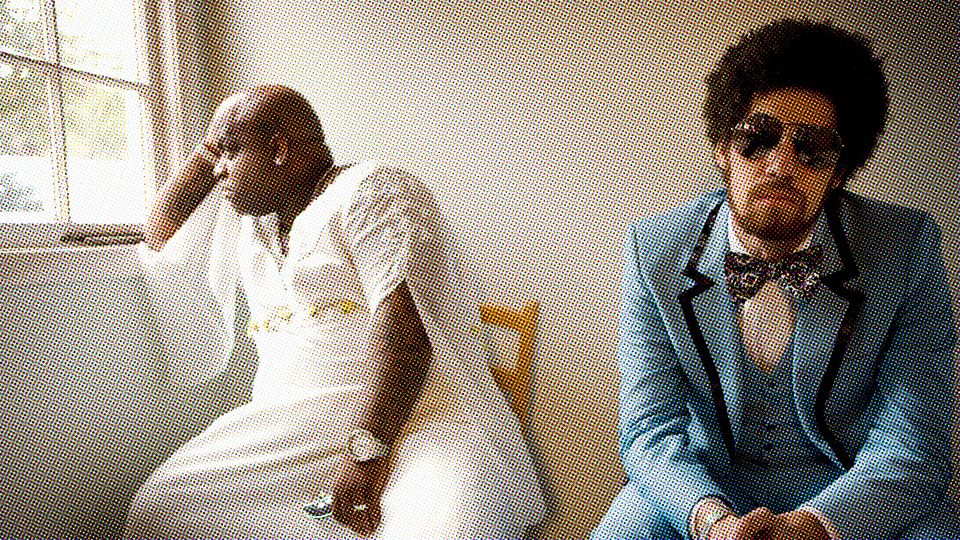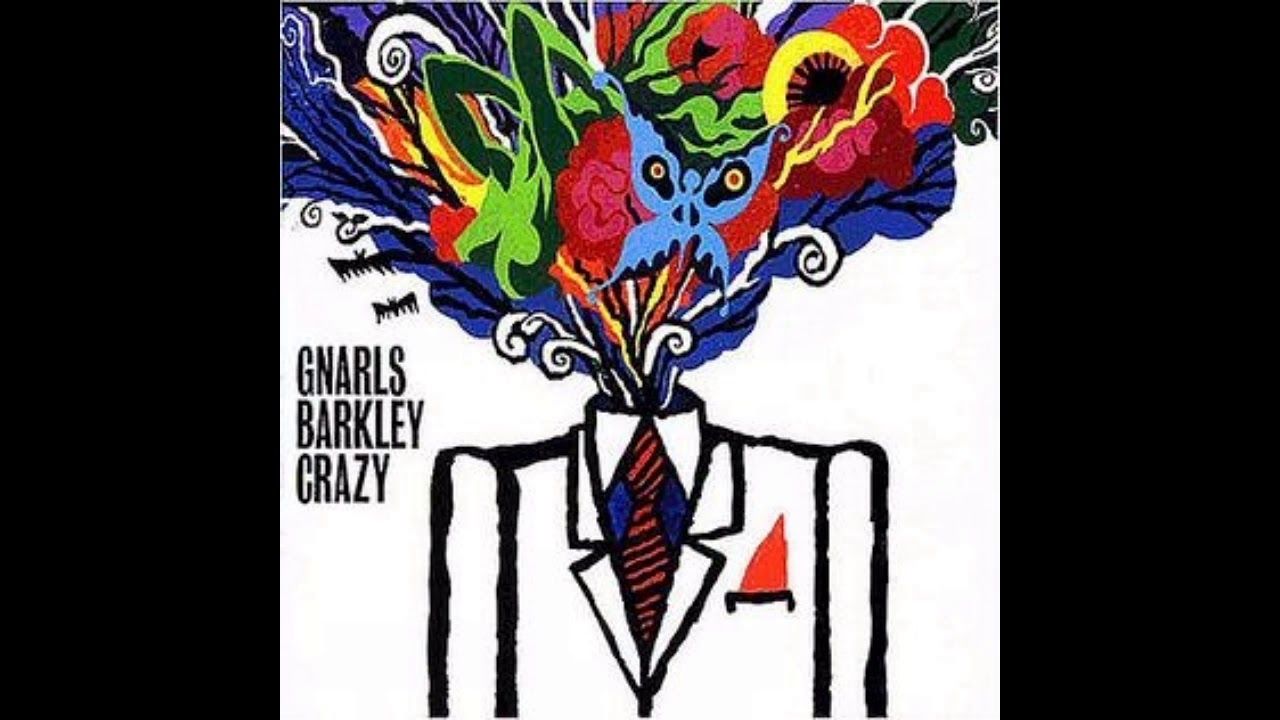Worries and Fears Become Your Friends: Mental Disorder and Gnarls Barkley’s “Crazy”

How do you make sense of something as perfectly formed as Gnarls Barkley’s “Crazy,” a song recorded in just one take by two men who’d barely had a chance to share a glass of Goodie Mob’s tropical punch? It’s a song so free-spirited, it could only have come in a moment of zoned-out, off-the-cuff genius—a juncture in time when all was right in the universe for its elements to forge so perfectly it could never be truly explained or repeated.
“Crazy”—officially released in 2006—may be the greatest pop song of the 21st century, but it’s also the most accurate depiction of mental illness I’ve ever heard. Obsessive compulsive disorder is a tough thing to live with. Having been through the wringer since around age 7, the track resonates with me far more than, say, “No Surprises” by Radiohead, a song closely associated with fear, doubt, pain, and sadness. I’ve absorbed Pink Floyd’s entire back catalogue, from Syd Barrett’s LSD-fueled freakouts, to the band’s sombre mediations on their stricken comrade. But only “Crazy” sounds like OCD feels.
That is not to say I believe DJ Danger Mouse and CeeLo Green are an undisputed authority, and neither am I—this is one of those “I can only speak for myself”-type situations. But if OCD engages with certain crevices of the brain in dark, forbidden ways, then I know “Crazy” has the power to engage the bright side of those same centres. CeeLo’s voice enters the deepest caverns of your mind and refuses to budge. Like the single artwork depicted a head exploding into a collage of colour, the orchestration sounds like a million different brain processes sparking at once. OCD can elbow its way into your consciousness to the point where it feels blinding, blocking off all your senses from the rest of the world. “Crazy” is like the beautiful flip side of your subconscious you’d willingly drift away into.

That’s despite the song only being made up of a handful of elements. There’s the neatly-plucked bassline, spaghetti western samples, and no-nonsense programmable drum loop served up by Danger Mouse, a rap purist who’d harnessed the growing power of the internet when he dropped the zeitgeist-y Beatles/Jay Z mash-up The Grey Album in 2004. Similarly, part of the appeal of “Crazy” is the connection of past and present. It’s clean on the ear, yet caked in dust. A pocket symphony filtered through a hip-hop kaleidoscope. One of the greatest southern rappers to ever walk the earth completes his transition into crooning, 1970s soul man, sounding like Al Green on a wild acid trip. CeeLo’s one-take delivery is spontaneous and unfocused. “Crazy” plays like a conversation that takes place entirely in his fractured mind. When the skewered cinematics crash down on the chorus, he sounds dangerous close to falling off the edge.
At my worst moments, OCD can feel like a physical strain, like my skull has shrunk, pushing my brain right against bone. I’ve a fear (probably irrational?) of the moment that strain hits breaking point, my mind snaps in two, and I go quite crazy. When Green sings, “I remember when I lost my mind/There was something so pleasant about that place,” I imagine an area deep inside me that’s not easily accessed. Like I could be driven to madness, drop into Inception-style limbo and never escape, living blissfully unaware in a universe of my own creation. “Do your emotions have an echo in so much space?” “Do you really think you’re in control?”
Nothing reminds you of the power of your own mind like OCD. If it can control your actions to the point where you perform irrational rituals and make damaging decisions, why couldn’t it seize total power of the mind?
“Crazy” was inspired by a conversation Danger Mouse and CeeLo had about great artists being more prone to insanity and it sparked deeper meditation from the pair on mental health. The video was animated the style of the Rorschach inkblot test, while their debut album St. Elsewhere—named after the ‘80s medical drama—was almost entirely dedicated to examining depression and madness. It’s a brilliant record—a big, brash pop event of jaw-dropping sonics and roof-lifting hooks. “Smiley Faces” was a dead-on depiction of the masks we wear on to hide what lies beneath, while the creepy “Boogie Monster” confronted the tormenting demons many of us carry within (“It waits till the midnight hour to come/To torture me for the wrong I’ve done”). A strong second album, The Odd Couple, was released in 2008, but Gnarls Barkley never escaped the success of “Crazy.” Danger Mouse traded in his eccentricities for the opportunity to work with Norah Jones and U2. Green’s rush for pop stardom included an appearance on My Super Sweet 16.
Movies and TV have never been kind in its portrayal of obsessive compulsive disorder, typically reducing it to a personality quirk and not an all-encompassing anxiety disorder. Trying to hustle in a job where attention to detail is an asset, I’ve been asked on more than one occasion if OCD is a benefit. A benefit. It’s such a gross misconception. So I find “Crazy” comforting. That two unlikely guys who kind-of named themselves after a basketball player for no reason and liked to play dress up made a record that in less than three-minutes got me. And the whole world loved it. That’s the crazy nature of pop music.
A version of this piece was first posted to my deleted-against-my-will Kinja blog back in 2016. If you’d like access to all past and future posts, and to support what I do here, please consider subscribing.